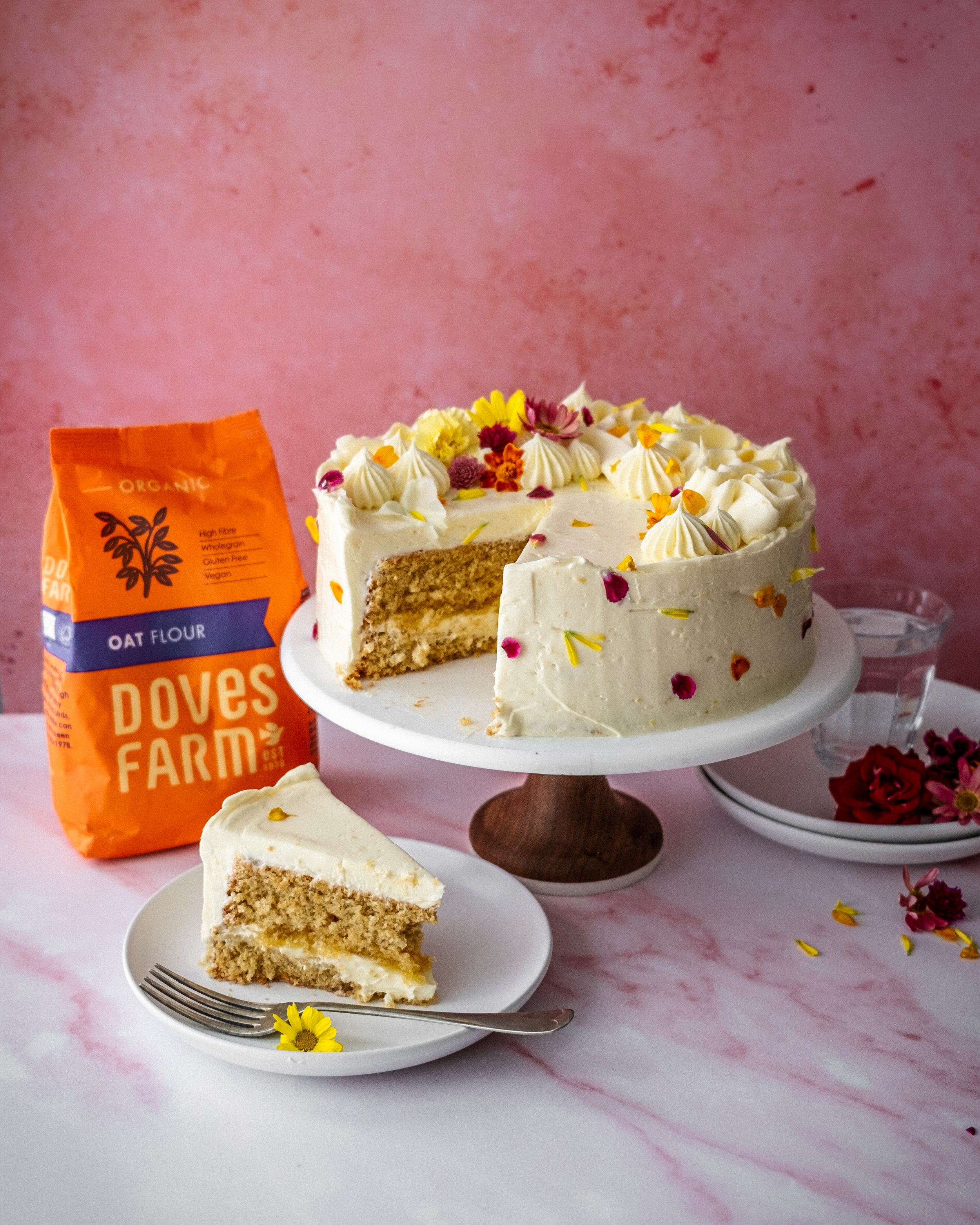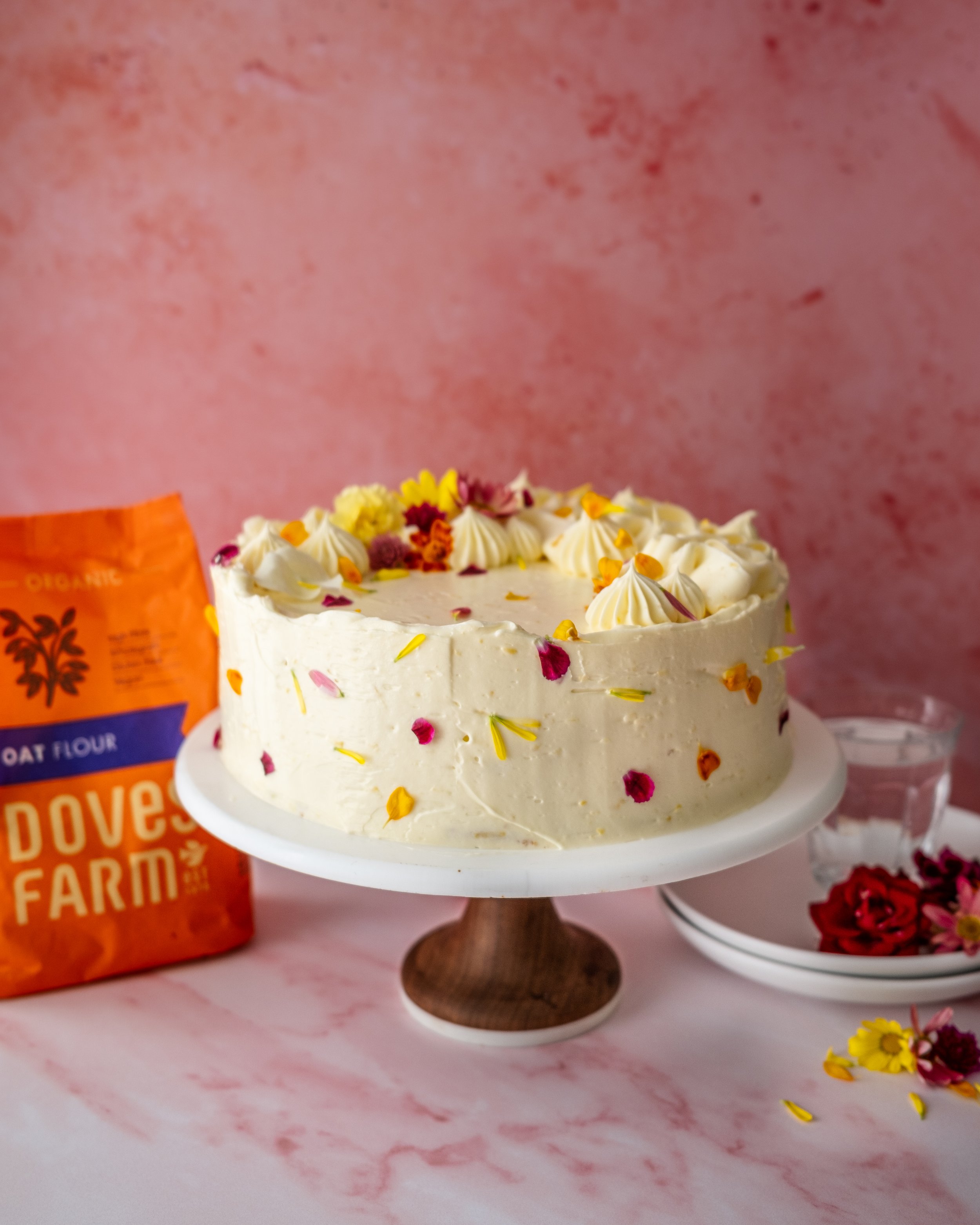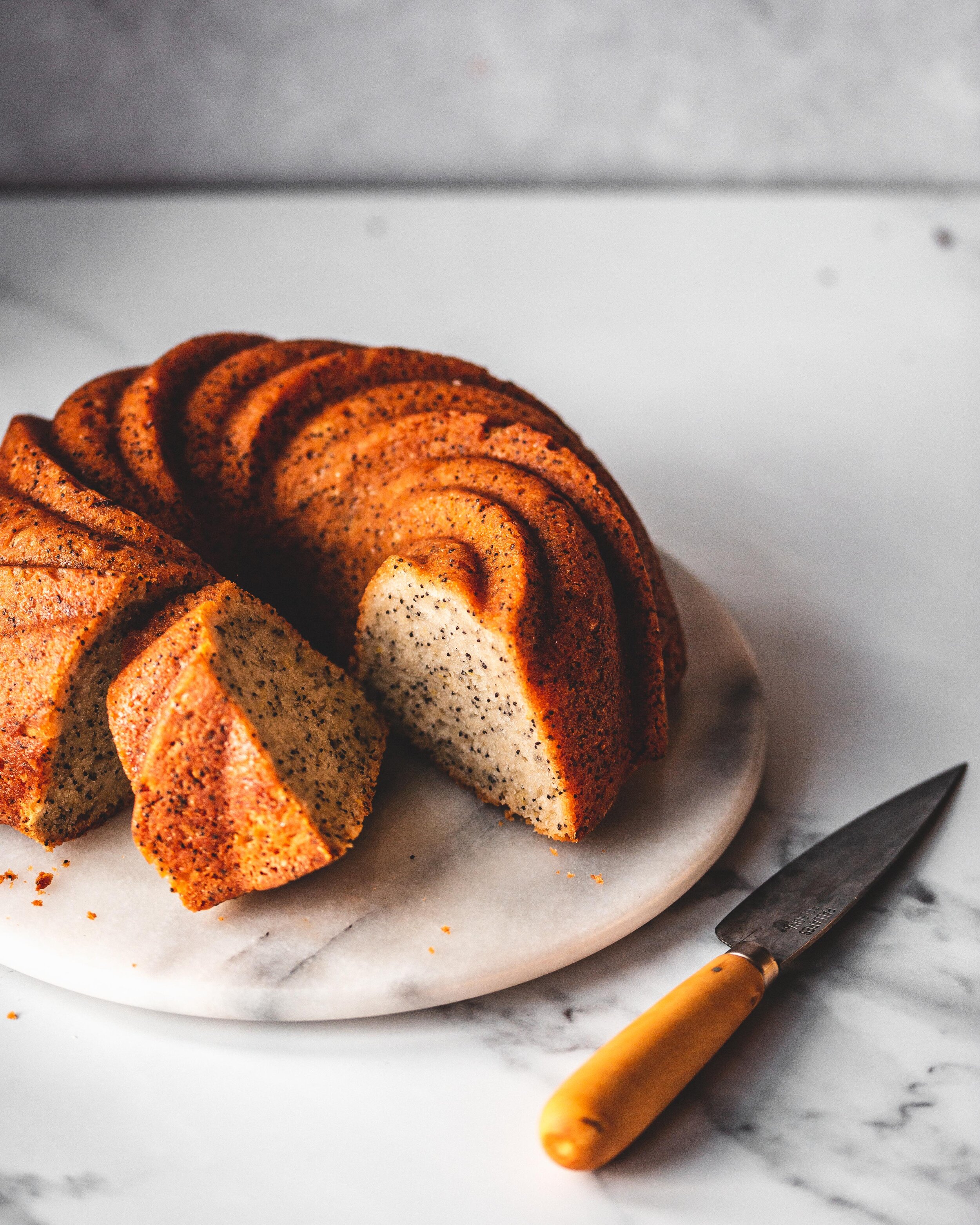I think it is fair to say that most people know the connection between Marcel Proust and the humble madeleine, a cake the author described as “short, plump little cakes…which look as though they had been been moulded in the fluted scallop of a pilgrims shell”. It was a cake that, for him, immediately brought back happy memories of his aunt, who would feed him madeleines dipped in tea. It is the idea that one taste of something can transport us back to a past moment. Madeleines may not be my Proustian moment, I don’t even remember the first time I tried one, but I do have a soft spot for them.
Madeleines may look fancy and refined but thankfully the skill level required to make them is minimal, they’re straightforward and incredibly quick to pull together and because they require a refrigeration period they’re great if you like preparing ahead of time. With the classic hump shape there are a couple of tricks to help ensure it comes out pronounced and looks picture perfect. Firstly we need to chill the batter, for at least an hour but preferably overnight. We also want to chill the prepared Madeleine tin, again at least for an hour but longer also helps. Why all the chilling? Temperature difference. The oven the madeleines are baked in is hot and by chilling the batter the underside of the batter stays a little cooler meaning it takes a little longer to bake. The top of the madeleines however starts to bake a little quicker. This means that once the batter starts to set, the batter which is still raw and still rising has to force its way through the set crust on the top creating the distinctive hump.
Classic Lemon Madeleines
Makes 15-18 (depending on tin size)
Madeleines
125g caster sugar
Zest of 2 lemons
2 large eggs
1 tsp vanilla bean paste
125g plain flour
1 tsp baking powder
Pinch of fine sea salt
125g unsalted butter, melted and cooled
Lemon Glaze
100g icing sugar
1 tbsp lemon juice
To make the batter place the sugar and lemon zest into a bowl and using your fingertips rub together until the sugar resembles moist sand and there is a fragrant lemon smell. This step helps to release all the oils from the zest making for a more citrussy Madeleine. Add the eggs and vanilla and whisk briefly just until the sugar has dissolved, you don’t need to incorporate any air in this stage.
Sieve the flour, baking powder and salt into the batter and using the whisk stir together until a smooth and thick batter is formed. Pour in the melted butter and stir until a smooth batter is formed. Scrape the batter into a piping bag then seal either by tying the end in a not or using a sandwich bag clip. Refrigerate the batter for at least an hour but preferably overnight.
When ready to bake preheat the oven to 210ºC (190ºC Fan). Whilst the oven preheats lightly grease a 12-hole Madeleine pan (I prefer traditional metal tins without a non-stick coating) with softened butter and dust with a thin layer of flour. Tip out any excess flour so that you have a very thin coating. Place the tin into the freezer.
Humps - the humps on madeleines happen for a very simple reason but getting them to form, so they’re tall and have that classic look, can be tricky. As the batter bakes, like any other cake, it rises. Because the depression the batter sits in is shallow the cake cant rise very high before the edges set but as the batter is still rising it can only go straight up, creating he hump. To ensure this happens there is a couple things you need to bear in mind. Firstly, don’t add too much batter, if you do it will spill over the sides of the mould and create an unwanted crips edge and it will lessen the amount of hump. Secondly you want to use a chilled batter, chilled Madeleine pan and bake in a hot oven. This is the real secret to big beautiful humps. Because the oven is hot the top of the batter bakes and sets quickly, but because the batter itself and the tin was chilled, it takes a little longer for the bottom to bake and this means there is more batter that can push up and cause a big bolder hump.
Once the oven is preheated remove the batter from the fridge and snip off the end of the piping bag. Take the cold tin from the freezer and working quickly, pipe about a heaped tablespoon of batter into each of the Madeleine depressions. You don’t need to spread the batter out, it will conform to the shape of the mould as it bakes. Bake the madeleines in the oven for about 12 minutes or until the cakes are golden brown around the edges and a touch paler on the hump. Remove the tin from the oven and let the madeleines sit for a minute before carefully lifting the cakes from the tin. You don’t want the cakes to fully cool in the tin because as they cool the sugars in the cakes make them stick to the pan.
For the glaze whisk together the lemon juice and icing sugar, whisking until you have a smooth, lump free glaze. You may need to add a tsp or so more lemon juice to make the correct consistency, it needs to be runny but not thin, almost a double cream consistency.
Whilst the madeleines are still warm use a pastry brush to coat the madeleines in glaze, setting onto a parchment lined tray and allowing the glaze to set. I prefer brushing the glaze on instead of dipping them into the glaze because dipping will add a significantly larger amount of glaze make the Madeleine sweeter and less delicate.
If the madeleines will keep for a full 24-36 hours but if only coated on one side or not at all they need to be eaten within the hour to prevent them drying out.












